This article was co-authored by Clinton M. Sandvick, JD, PhD. Clinton M. Sandvick worked as a civil litigator in California for over 7 years. He received his JD from the University of Wisconsin-Madison in 1998 and his PhD in American History from the University of Oregon in 2013.
There are 8 references cited in this article, which can be found at the bottom of the page.
This article has been viewed 108,425 times.
An escrow account is basically a bank account under the control of a third party. They are most often used by buyers and sellers to a real estate transaction. The seller often takes the buyer’s deposit and opens an escrow account with an escrow agent or title company. The escrow officer oversees the closing and makes sure everyone gets paid properly.[1] You may also want to create an escrow account if your landlord has refused to make repairs in your apartment, or if you want a dedicated account for paying non-monthly bills.
Steps
Opening an Escrow Account for Real Estate
-
1Identify your need for an escrow account. An escrow account holds money, much like a bank account, except the money is held with an escrow company. The escrow company will only release the money once certain conditions are met.
- Escrow accounts are most commonly used in real estate transactions. When the conditions for the sale are satisfied, the escrow agent will release the money to the seller. In this way, the escrow agent guarantees the transaction, making sure each side fulfills its obligations.
-
2Read your purchase agreement. You create an escrow account with an escrow agent. The real estate agent typically names the escrow company you should use in the purchase agreement.[2] Find your purchase agreement and read it to find the name of the escrow company you should use.Advertisement
-
3Find an escrow agent yourself. You might be selling your home in a “private sale,” which means you are not using a real estate agent.[3] In this situation, you will need to find an escrow agent. You can find an escrow agent in the following ways:
- Ask your bank if they provide an escrow service.
- Search online for escrow agents. You can type “escrow company” and “your city” into your favorite search engine. You can call the phone number provided.
- Contact a title insurance agency. Sometimes they will create an escrow account.
-
4Gather necessary information. You will need to provide the escrow company with certain information so that they can open the account. The information might vary slightly from company to company, but you generally will need to provide the following:[4]
- seller’s name and address
- buyer’s name and address
- purchase price, address, and a description of the property
- termite report information, such as who will do the inspection
- financing information
- rent, if any
- any personal property involved in the sale
- amount of deposit to be held in the escrow account
-
5Visit the escrow company. Set up a meeting so that you can complete necessary paperwork. Either the purchaser or the seller can open an escrow account, although sellers typically do. You need to take the deposit with you. You will also need to discuss the conditions of the sale.[5]
- Remember that the escrow agent is charged with making sure that both buyer and seller fulfill their obligations. You should talk with the escrow agent about what those obligations will be. You should bring a copy of your purchase agreement, since that will contain most of the obligations.
-
6Receive your escrow number. This is the identification number you will need whenever you call the escrow agent to ask questions or get updates.[6] Be sure to store it someplace where it is always handy, such as a note in your purse or saved on your cell phone.
Setting up a Rent Escrow
-
1Identify repairs that need to be made. In some states, you can withhold rent from a landlord who does not make necessary repairs. The repairs can’t be for minor things, like small cracks in the walls or missing linoleum or tile.[7]
- Instead, the danger should be a substantial and serious threat to your health and safety. For example, if no heat is being provided during winter, then you have a serious threat.
-
2Notify your landlord of the hazard. Typically, state law requires that you give the landlord sufficient time to make repairs before withholding rent. Accordingly, you should send written notice to your landlord that repairs are needed.[8]
- Be specific about the problem in the apartment.
- Also explicitly request that the landlord repair the problem as soon as possible.
- Be sure to type up a letter and mail it, preferably certified mail, return receipt requested. Hold onto the receipt as it serves as proof that your landlord received the notice.
-
3Wait a certain amount of time. Your landlord generally gets a “reasonable” amount of time to make repairs. If the violation is more serious, then the landlord should correct the problem promptly.
- Typically, if the landlord hasn’t acted within 30 days, then you don’t have to wait any longer.[9] Instead, you should stop into your courthouse and ask about creating a “rent escrow.”
-
4Get a form from the court clerk. With a rent escrow, you would not pay your rent to the landlord. Instead, you pay it into the escrow, where it accumulates until the landlord actually makes necessary repairs. If you can create a rent escrow in your county, then the clerk should give you the form to complete.
- The form might be called an “Application and Affidavit for Tenant Rent Escrow,” “Petition in Action of Rent Escrow,” or some other title.[10]
-
5Complete the petition form. Be sure to enter the information neatly, using black ink or a typewriter. In some counties, you can download the form and type in the information directly. Although each form will differ, you generally will be asked the following:[11]
- your name and address
- your landlord’s name and address
- the amount of your rent
- the conditions on the property that are hazardous
- the date you notified your landlord of the hazard
- that you request the creation of a rent escrow
- your signature
-
6Serve notice of the action on the landlord. You have to give the landlord notice that you are trying to create a rent escrow. Accordingly, you will need to serve notice on your landlord. Generally, you can serve notice by having someone deliver a copy of your petition and also a “summons,” which is a legal document you can get from the court clerk.
- Ask the clerk about acceptable methods of service.
-
7Attend a hearing. Before the judge will create the escrow account, you will need to attend a hearing.[12] You will have to explain why you want to withhold rent and create the escrow. Be sure to bring any evidence that you have:
- a witness who can testify as to the hazardous condition
- photographs or video of the hazard
- a copy of your notice to your landlord
-
8Pay rent into the escrow account. If the judge creates the escrow account, then you will need to regularly pay your rent into it. Be sure to make your payments, since the judge might close the escrow if you forget to.[13]
- The judge may order that some or all of the money in the escrow be given to the landlord to help pay for the repairs.
- If the landlord still refuses to make repairs, then all of the money in the escrow could be returned to you.
Creating a Personal Escrow Account
-
1Identify your need. A personal escrow is a nice idea for someone who has difficulty controlling their spending. It isn’t technically an escrow—no third party oversees the account—but you can benefit from segregating your money into a separate account. Personal escrows are used often for the following purposes:
- Non-monthly expenses. For example, you might be billed quarterly for car insurance and annually for a gym membership. A personal escrow can help you save sufficient funds for these expenses.
- Unforeseen expenses. These are small expenses which catch you by surprise—gifts that you need to purchase for the host of a party, unexpected veterinary expenses or car repairs, etc.
-
2Calculate how much you will need. You should go through your bills for the past year and check how much you had to spend on non-monthly expenses. Also pay attention to unexpected expenses, such as the bottle of wine you had to buy someone when you were invited to their dinner party. Non-monthly expenses could include:
- car insurance premiums
- car registration
- car repair and maintenance
- life insurance premiums
- conference fees
- veterinary expenses
- gifts
- holiday shopping
- school or tuition expenses
-
3Set up a savings account. You should set up a separate savings account (or high yield checking account) which you can use for a specific purpose, such as paying non-monthly bills. You could also set up multiple individual accounts for each non-monthly expense, though this could be difficult for you to handle.
- To properly fund your account, total all non-monthly expenses, then divide by 12. This is the amount you will need to contribute to your account each month.
- You should set up automatic deposit, so that this amount is deducted from your monthly paycheck. If you are paid biweekly, then divide your total amount by 26.
-
4Pay your non-monthly expenses from the escrow account. Whenever an unexpected or non-monthly expense arises, remember to take the money out of your escrow account. In this way, you can preserve the balance in your regular savings and/or checking account.
References
- ↑ https://money.com/collection-post/how-does-an-escrow-account-work/
- ↑ http://www.investopedia.com/ask/answers/032715/does-bank-set-escrow-account-buyer-and-seller-home-sale.asp
- ↑ http://finance.zacks.com/set-up-escrow-account-private-property-transaction-10909.html
- ↑ http://www.owners.com/fsbo-articles/title-and-escrow/setting-up-escrow
- ↑ http://www.owners.com/fsbo-articles/title-and-escrow/setting-up-escrow
- ↑ http://www.owners.com/fsbo-articles/title-and-escrow/setting-up-escrow
- ↑ http://www.peoples-law.org/rent-escrow-when-landlord-fails-make-repairs
- ↑ http://www.peoples-law.org/rent-escrow-when-landlord-fails-make-repairs
- ↑ http://www.peoples-law.org/rent-escrow-when-landlord-fails-make-repairs
About This Article
An escrow account is a bank account controlled by a third party for real estate or another financial investment. If you’re using an agent to buy or sell a home, they should set up the account for you. However, if you’re setting up the account yourself, you’ll need to find an escrow agent. Ask your bank if they have escrow agents, or search online for escrow companies in your area. Organize a meeting with an agent and give them any relevant financial details to get your account set up. Alternatively, set up a savings account as a personal escrow, which you can use to pay non-monthly bills and expenses from. For more tips from our Legal co-author, including how to set up an escrow account to withhold rent from your landlord, read on.





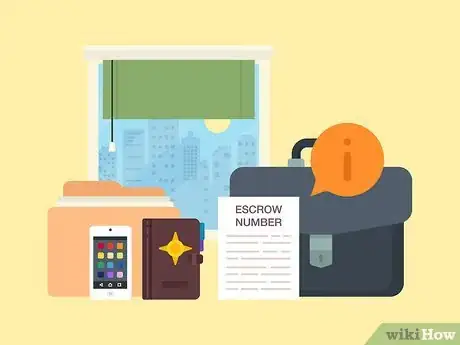

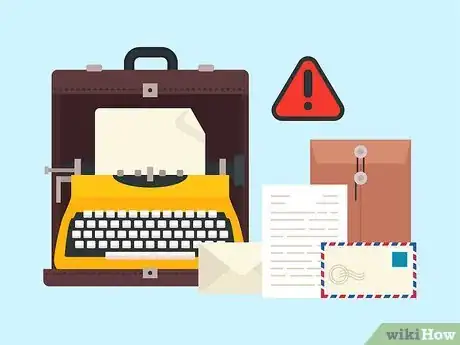


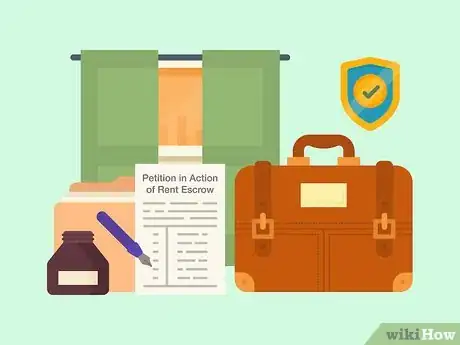
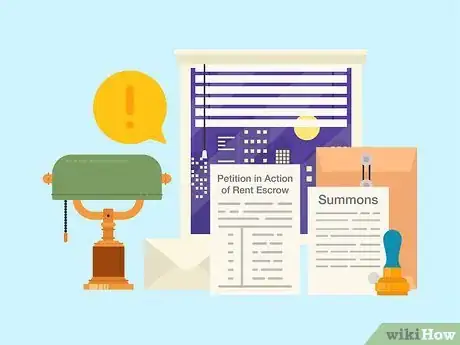
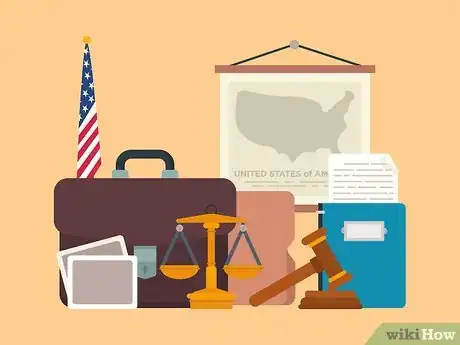





-Step-11.webp)





















-Step-11.webp)





































